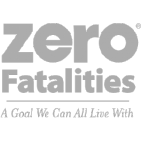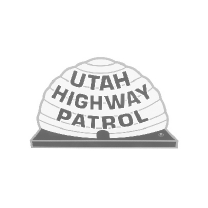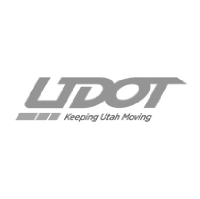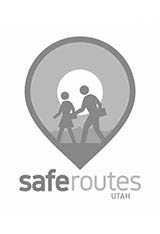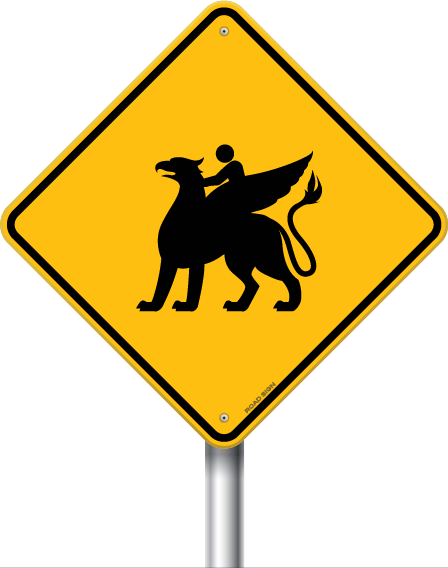
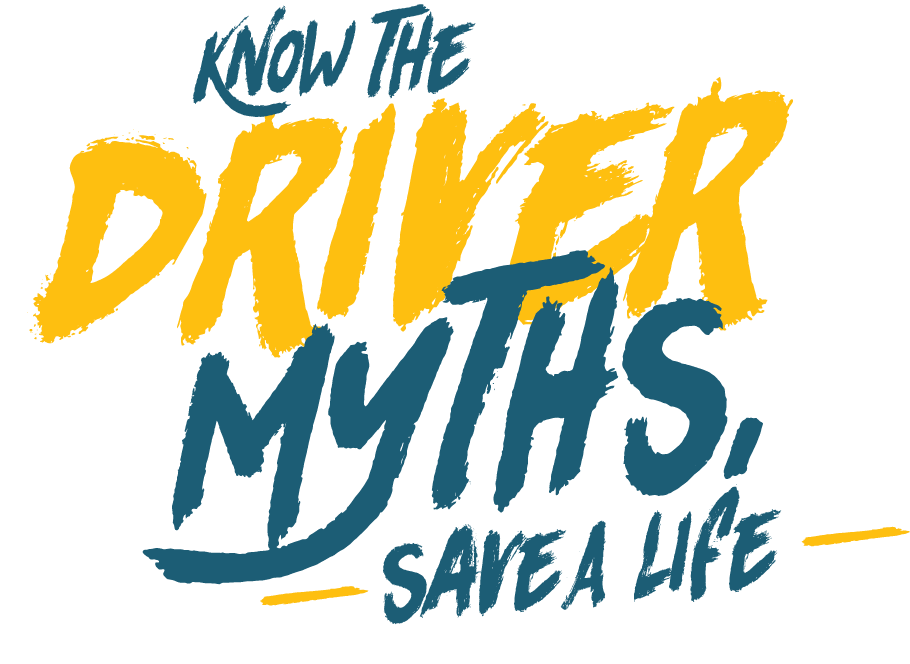

If you see them,
you can stop in time

At a speed of only 25 mph, the average car needs 110 ft of distance to come to a complete stop

That’s roughly the same length as four killer whales or one plump dragon, minus the fire breath

Slow down and scan for pedestrians in areas of high foot-traffic, like residential neighborhoods, castle drawbridges, parks and schools

It’s okay to pass a car that’s stopped at a green light

Until you know for sure that a car hasn’t stopped for a pedestrian in a crosswalk, it’s not okay to pass

You never know what kind of creature could be lurking in front of a vehicle stopped at a green light

Pedestrians always have the right of way at all intersections. Traffic must yield until they have crossed, even if the light is green

Crosswalks only exist at painted intersections

Crosswalks exist at every intersection, whether they are marked or not. All vehicles must yield to pedestrians in crosswalks

Near schools, crosswalks have thick white bars instead of thin lines. At these intersections, pedestrians must be completely crossed before the car can proceed, even when the light is green

At all other intersections, marked and unmarked, cars may proceed through the intersection if the light is green and the pedestrian is not on the vehicle’s half of the road

Blindspots only exist on the interstate

Today’s vehicle safety features are great, but can lead to a false sense of security

Moving pedestrians, especially children and smaller mythical creatures can be overlooked by vehicle sensors

Scan all mirrors and cameras multiple times, but always look in the direction that the vehicle is traveling

Pedestrians are less likely to be out at night

Dusk, dawn and dark hours are the most dangerous times to drive through intersections

Because of unpredictable light and weather conditions, it’s hard to see who might be lurking across the lane

Nearly half of all Utah pedestrian fatalities occur between the hours of 6 p.m. and midnight

Green means turn

Before turning right on green, check left for traffic, then right for pedestrians



It’s safe to check your phone at a stop light

When you’re driving it’s never safe to be distracted. At a stop light, watch for pedestrians who are trying to make the light and safely cross

When you’re driving, drive. Focus on the road for your protection and the protection of pedestrians

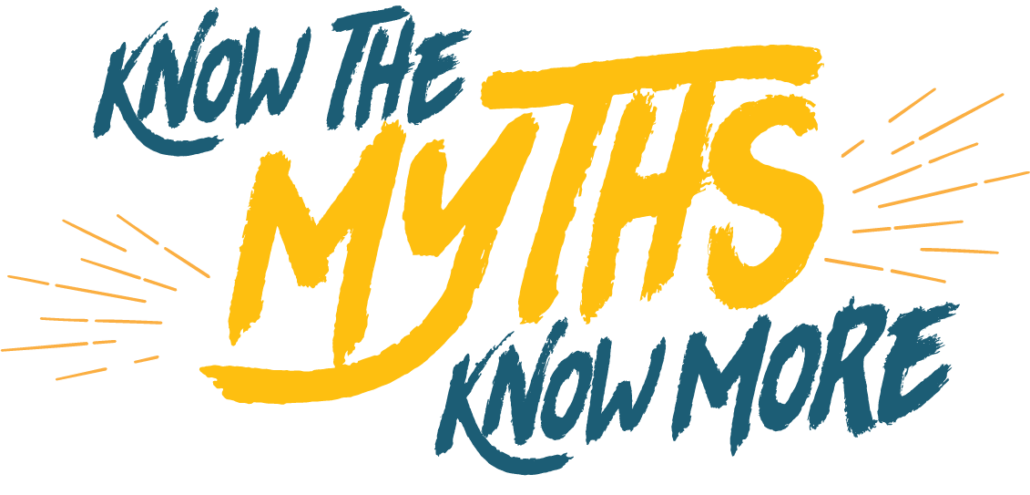
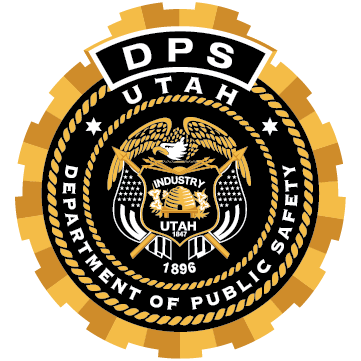
Our Partners
©Copyright – Utah Department of Public Safety
